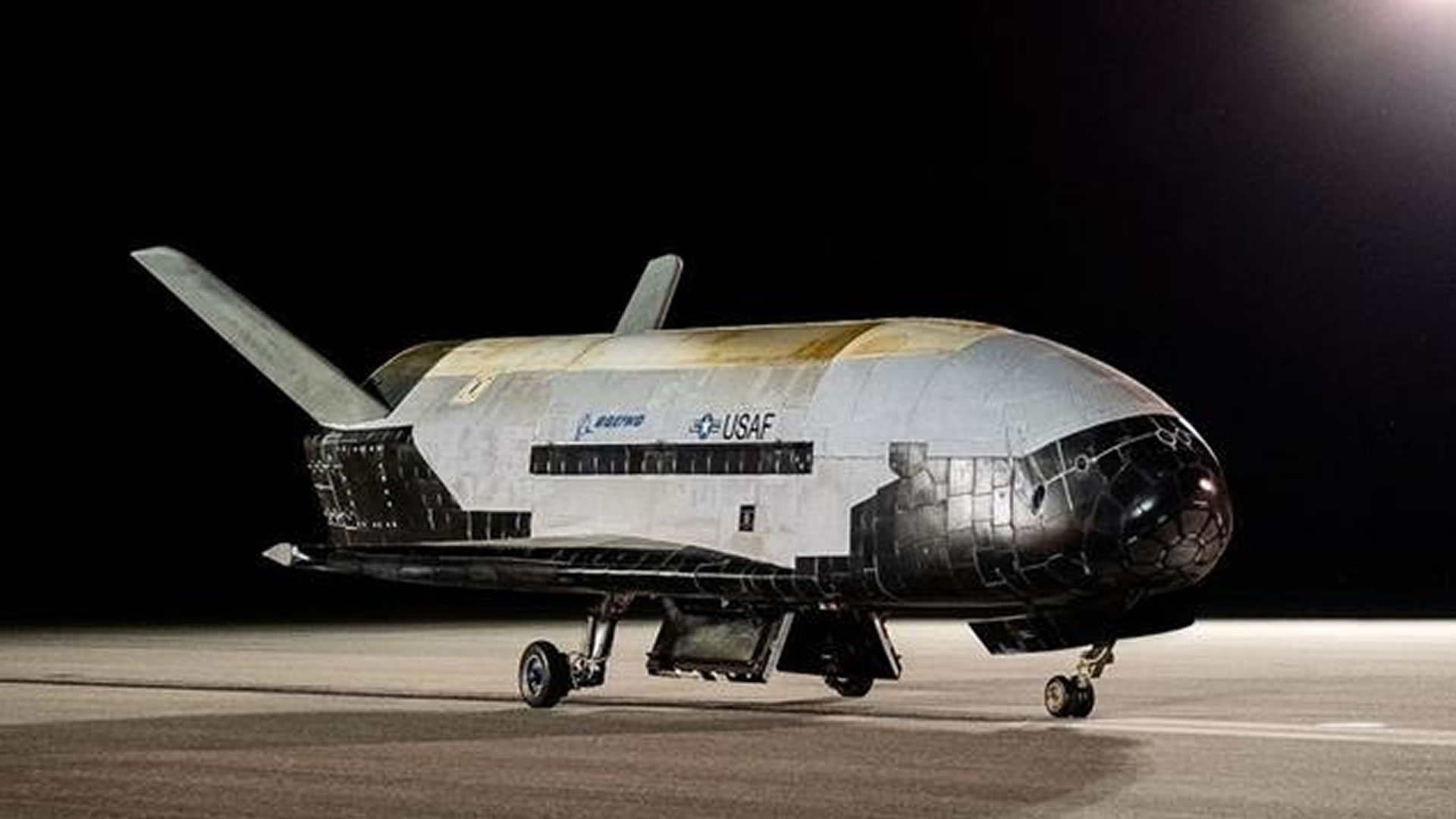According to the U.S. Space Force, China’s unnamed spaceplane appears to have released another object into space. The nature of the object is unknown, but it has been given the name 59884 (International designator 2023-195G).
China’s spaceplane has been in orbit for over 165 days, with the new object being spotted on May 24. The spaceplane first arrived in orbit on December 14, 2023.
Since then, the spaceplane has been orbiting Earth, deploying other strange objects or emitting strange signals. While the nature of the new object is unclear, some, like Jonathan McDowell of the Harvard-Smithsonian Center for Astrophysics, have some ideas.
China’s spaceplane releases another object
The spaceplane used a released object to perform multiple recaptures as part of on-orbit testing during its second flight.
“A new object (59884/2023-195G) has been cataloged associated with the Chinese CSSHQ spaceplane in a 602 x 608 km x 50.0 deg orbit. It seems to have been ejected about 1900 UTC May 24,” McDowell posted on X.
“This object could be a subsatellite deployment, or it could be a piece of hardware ejected prior to end of mission and deorbit (the spaceplane’s first flight did something similar). Will be interesting to see if the plane maneuvers or lands soon,” he posted shortly afterward.
Understandably, China has maintained strict secrecy surrounding its spaceplane mission. Notably, the country’s space authorities have not released any images or descriptions of the spacecraft.
The only official Chinese report on the activity is a brief launch report issued hours after the event. “During this period, reusable technology verification and space science experiments will be carried out as planned to provide technical support for the peaceful use of space,” the report stated.
What could it be?
Whatever the case, China’s spaceplane is currently on its third mission, and many believe its capabilities are somewhat similar to those of the U.S. X-37B. Both are intended to be reusable spacecraft and represent a significant advancement in space technology.
They can potentially reduce costs and increase mission frequency. The spaceplane’s first spaceflight, in 2020, lasted two days, while the second, launched in 2022, lasted 276 days. Both trips to orbit involved releasing an object while in space.
During the current flight, the spaceplane performed maneuvers to change its orbit. Initially, it entered a 207-mile (333 km) by 261-mile (348km) altitude orbit inclined by 50 degrees. According to U.S. Space Force space domain awareness data, the spacecraft later raised its orbit to the current 374-mile (602 km) by 378-mile (609 km) through a series of maneuvers.
As for China’s apparent inspiration, the Space Force’s X-37B embarked on its seventh mission on December 28 last year. It was delivered to orbit using a SpaceX Heavy Falcon.
In orbit, the X-37B apparently entered a highly elliptical and inclined orbit, much higher than previous missions. Apart from that, little else is known about the highly secretive and autonomous X-37B reusable vehicle that started flying in 2010.
ABOUT THE EDITOR
Christopher McFadden Christopher graduated from Cardiff University in 2004 with a Masters Degree in Geology. Since then, he has worked exclusively within the Built Environment, Occupational Health and Safety and Environmental Consultancy industries. He is a qualified and accredited Energy Consultant, Green Deal Assessor and Practitioner member of IEMA. Chris’s main interests range from Science and Engineering, Military and Ancient History to Politics and Philosophy.

Dr. Thomas Hughes is a UK-based scientist and science communicator who makes complex topics accessible to readers. His articles explore breakthroughs in various scientific disciplines, from space exploration to cutting-edge research.








